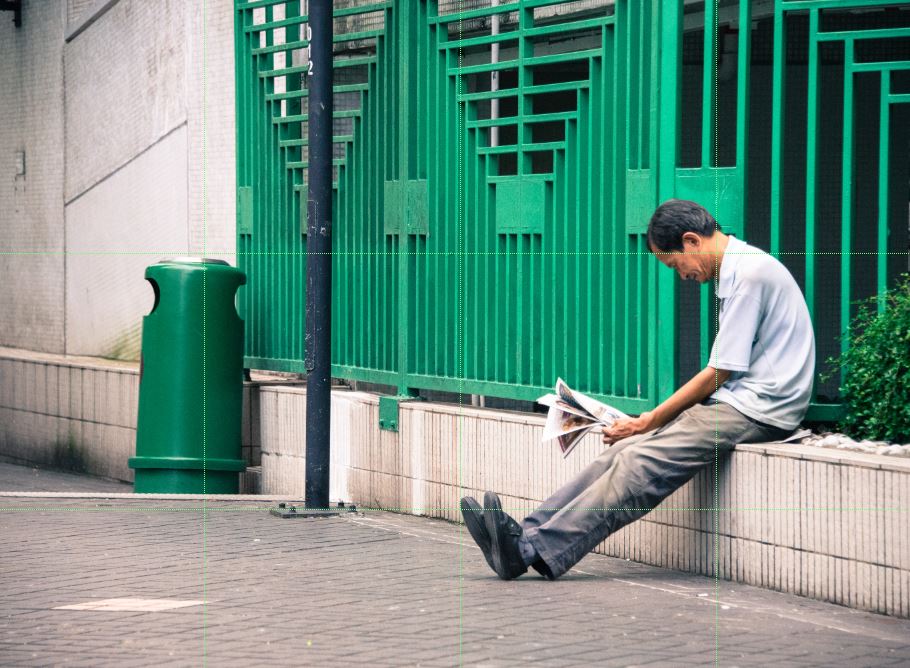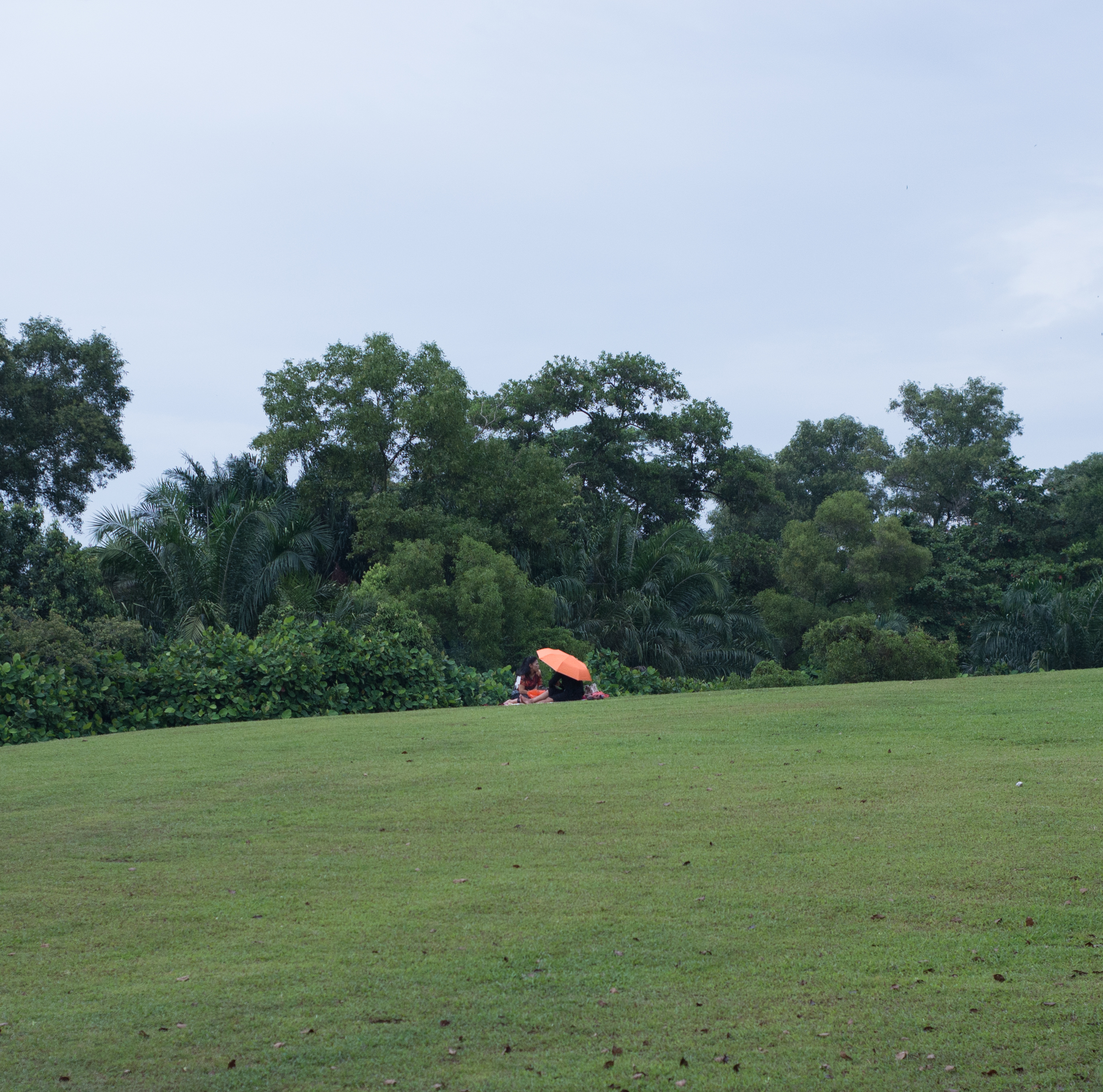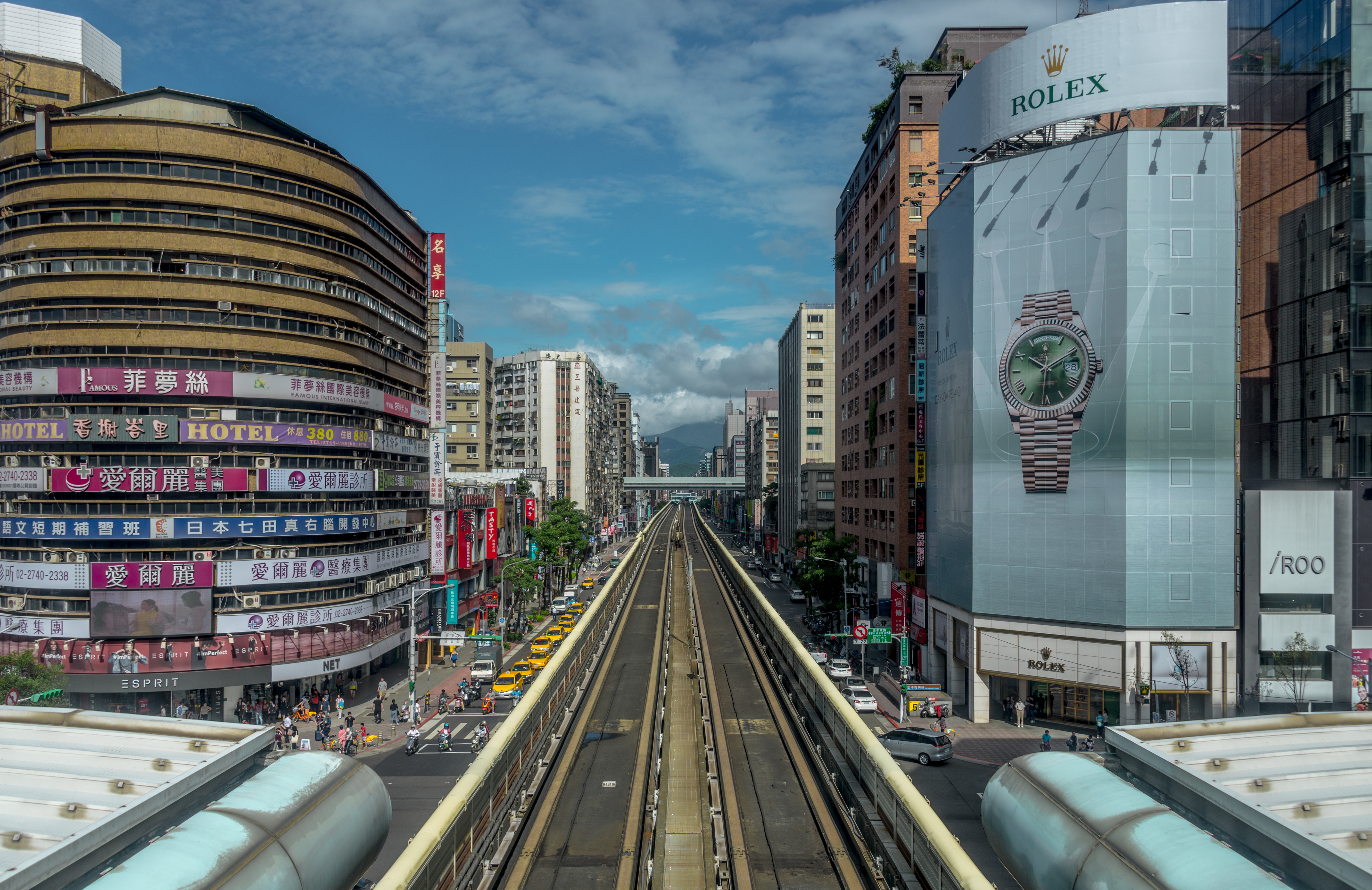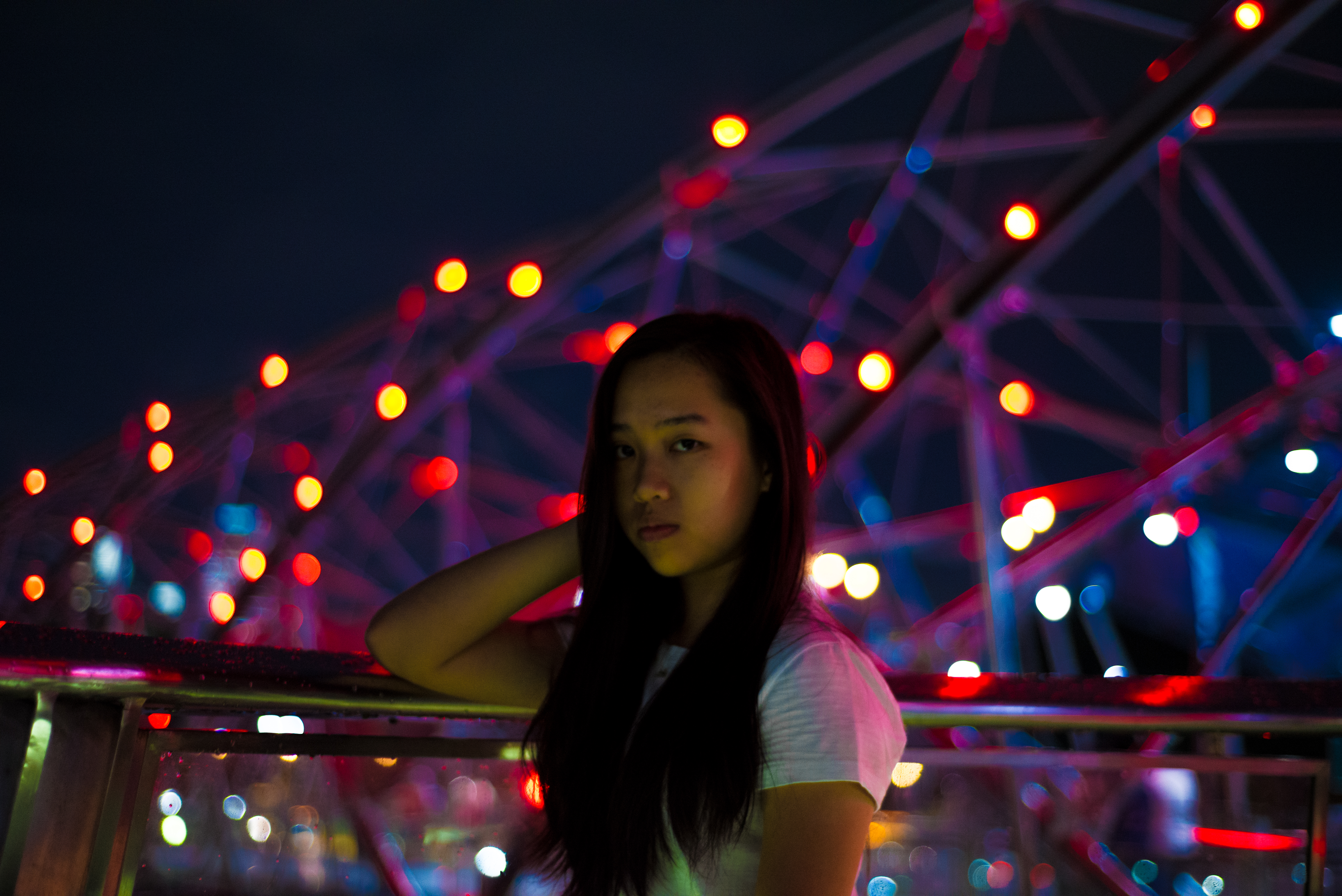The humble camera application used to be just another function on our smartphones, making photography more accessible to us consumers whenever we wanted to snap a picture to remember a person, place or event. However, in recent years, the minimalist movement as well as the normalization of digital cameras has sparked a renewed interest into photography not only among hobbyists with their DSLR cameras but also among the average smartphone user.
Why would I make the statement that there is currently a pivot towards photography with an increased interest in technology, design and style? Firstly, the Internet and the proliferation of image based applications like Instagram have largely appealed to the inner visual creatures in 21st century human beings. Furthermore, we are seeing smartphone makers tuning their products to produce better images and to bridge the gap between the small, handy smartphone camera and the specialized DSLR cameras that cost a pretty penny.
For example, the Samsung S7 Edge (not the NOTE 7) boasts controls for aperture, ISO, white balance and shutter speed while even letting you shoot photos in RAW format. Among newer smartphones, there are better 12 to 16 megapixel image sensors (look to the Sony Xperia X for its outrageous 23mp sensor) which are optimal for posting to social media and printing smaller pictures and lenses with rear lenses with whopping apertures like f/1.8. There are even smartphones with a dual lens setup for better image quality and improved digital zoom. (I’m looking at you, Apple)
Whether you own a smartphone or even a full-fledged camera, I believe that you are a relative beginner to photography looking for tips to create visually appealing images. Without further ado, I present to you Part 1 in a Beginner’s Guide to Photography.
Composition Techniques
Even though the word “RULES” is there, I strongly believe that these rules of composition as they are commonly called should only act as a guideline for creating clean and strong images but should never cramp your creativity since photography is open-ended and cannot be graded.
Rule of Thirds

The example provided above is not split into thirds as it was shot on a full frame DSLR and hence was cropped from a larger picture. However, the general idea for the rule of thirds is to place each interesting subject in a different column or row. As for what I did in this picture, was to place the subject in the intersecting point between vertical and horizontal grid lines, as can be seen from the man’s head and torso being located near the intersection of grid lines. This creates a neater picture as well as one that is clearly focused on individual subjects so the viewer’s attention will be drawn to the important details.
Clear Focus

In a photo, we often want to draw a viewer’s attention to a subject by making sure that is properly illuminated for optimal sharpness. Hence, while this is basic and seemingly, common sense, photographers must always be able to keep the picture clean and through contrasting colors, make the subject stand out. Even some of the most experienced photographers might make the mistake of putting too many subjects into one picture that the viewer is distracted and lost. In this photo, the focus on the picnicking women are brought out through the strong, warm orange colors contrasting against the cooler green and blue tones of the back/foreground as well as positioning the subject in the center of the photo.
Leading Lines

Leading lines are visually prominent lines that guide the viewer into seeing some organization in a picture. The leading lines in this picture are the train tracks that lead to a “vanishing point” of infinity and they help to draw in viewers and help to make it stronger and more appealing through its clear focus. Leading lines are also able to guide the viewer’s eyes as to what they want to see. In this photo, the train tracks are used to portray a divide between the glitzy shopping malls and brand name boutiques on the right and the older buildings featuring smaller local businesses.
Symmetry

While not completely symmetrical, this picture is visually appealing because of its uniformity through the architecture of the building as they are levels upon levels of neat and orderly residential units. This (almost) symmetry brings a pattern that the viewers can focus on and lends the picture much more impact. Another reason why the photo is so aesthetically pleasing is also due to its predominantly white tonality which keeps the photo simple and easy for the viewer to interpret.
Focus on the Back/Foreground

The “Focus”in this header does not literally mean to focus the camera on the background or foreground but is a reminder to pay attention to details such as the background (as shown in this picture). Photography is all about storytelling and hence it is not enough to just have a strong subject for the photo. The objects in the background and the foreground must also serve a purpose in the overarching narrative of the photo and in this case the background is used to depict a moody city scene with its deeper sheds of red and purple. By creating scenes that are able to reinforce the main subject of the photo, one can then truly make images that speak to the viewer at greater depth.
Conclusion
This article is the first part in my series to give you an introduction to photography. While my words can give you a starting point, one must never rely on anyone’s words as a definitive guide and should seek to explore and find one’s own unique style. Go out on a walk around your neighborhood and take some photos, the best way to learn is to experiment with your own smartphone or camera. Do remember that the difficulty in taking good photos lies not in your camera or technology but in your eyes.
To learn more about the field of photography, I recommend The Art of Photography by Bruce Barnbaum
Stay tuned and bookmark this blog for the next part in the series to be published next week.
Yours Sincerely,
Ryan
www.instagram.com/photeographer/
If you would like to shop other products by Print For Fun, then check out our online store here.

You must be logged in to post a comment.